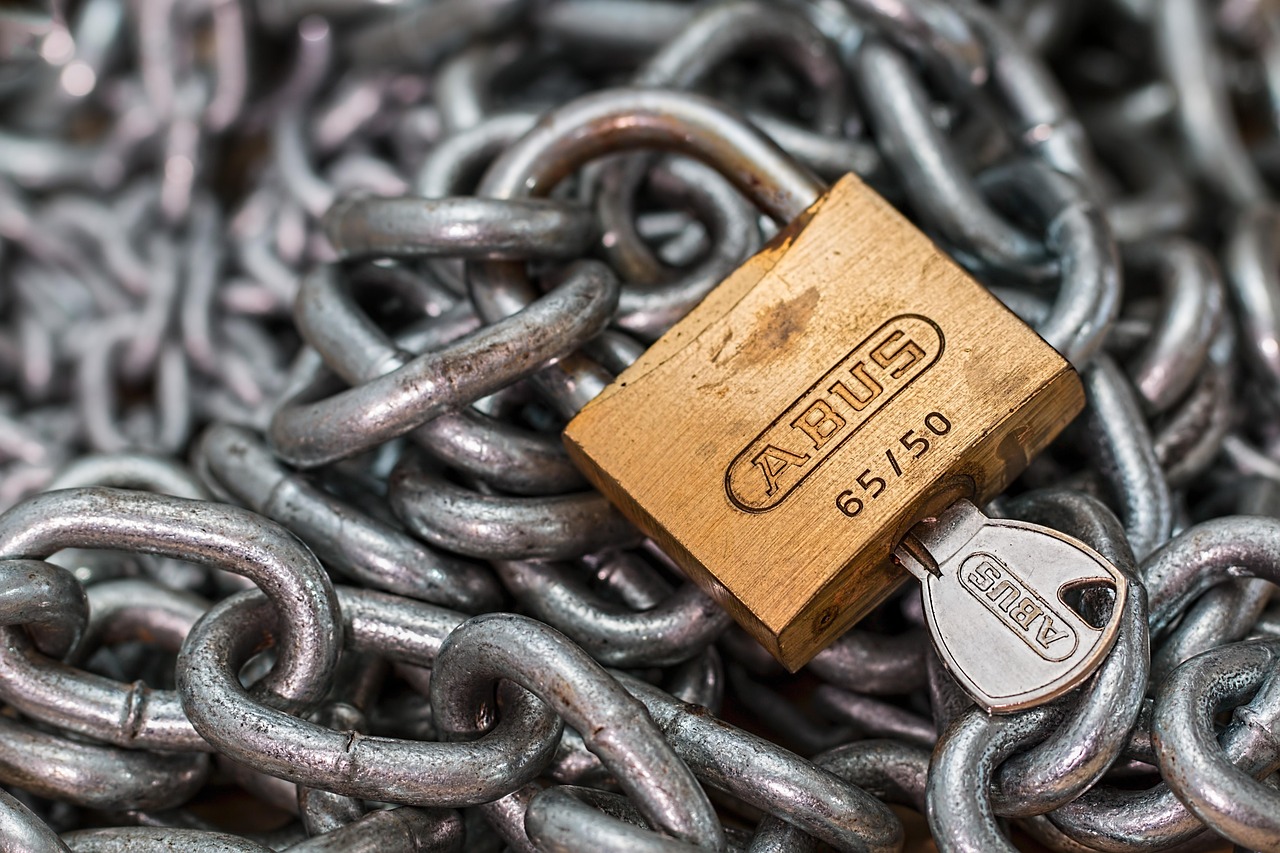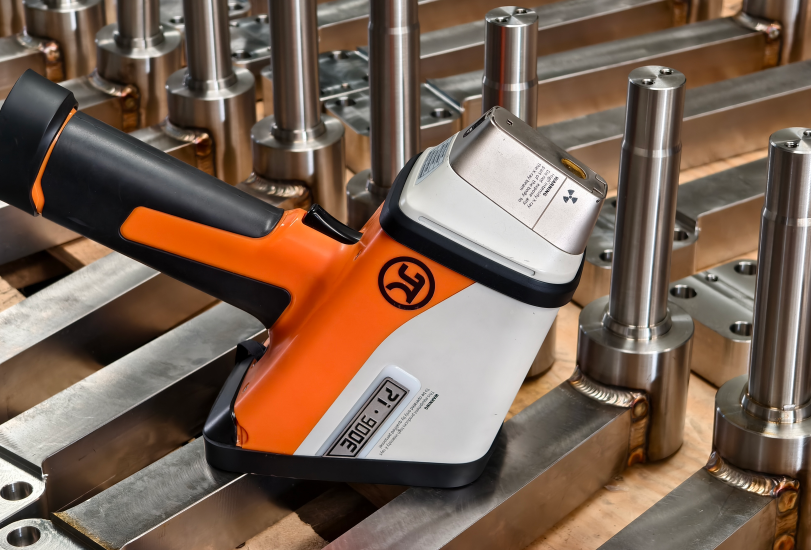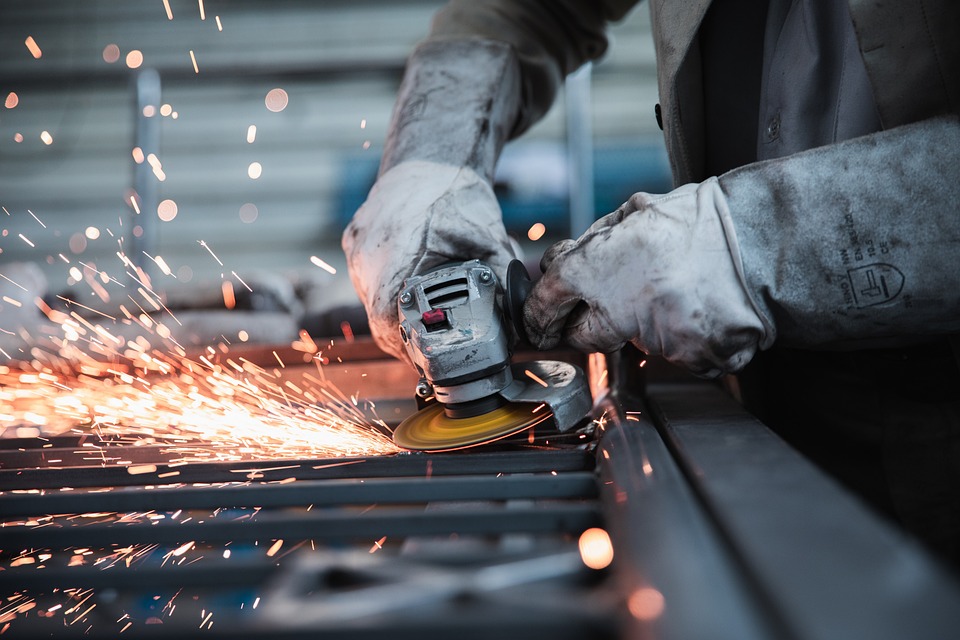
Alloy
A high-tech enterprise focusing on the development and application of X-ray technology products, committed to becoming a leading supplier of X-ray industrial testing solutions.
Beyond the Elements: Unexpected Applications for Modern XRF Testing Equipment
When you picture X-Ray Fluorescence (XRF) analysis, what comes to mind? Likely a scientist in a lab coat, perhaps analyzing the composition of a metal alloy or a mining core sample. For decades, this powerful technology has been a cornerstone of geology and metallurgy, prized for its ability to provide rapid, non-destructive elemental analysis.
But the story of modern XRF doesn't end there. The advent of portable, handheld analyzers has unleashed a wave of innovation, pushing this technology far beyond its traditional boundaries. Today, XRF guns are showing up in the most unexpected places, solving problems and unlocking secrets in fields that are anything but conventional.
Let's explore some of the surprising and transformative applications for modern XRF testing.

1. The Art Authenticator: Unmasking Forgeries in Real-Time
The art world is one of intrigue, beauty, and, unfortunately, deception. Forgeries have plagued collectors for centuries. Enter the handheld XRF analyzer, the art detective's new best friend.
How it works: Artists throughout history used specific pigments with unique elemental signatures. For example, classic cadmium red contains cadmium and selenium, while a modern synthetic alternative would not. By analyzing the elemental composition of the paints on a canvas, conservators can verify if the materials align with the artist's known palette and the purported time period. A painting supposedly from the 17th century that contains titanium white (a 20th-century pigment) is instantly revealed as a fake.
2. The Environmental Detective: Tracking Toxic Threats in Soil and Water
Environmental scientists are using XRF to conduct rapid, on-site assessments of contaminated land. Instead of waiting weeks for lab results, they can now get immediate data to guide their efforts.
How it works: An investigator can walk a site, pointing the analyzer at the soil to instantly detect and quantify dangerous elements like lead, arsenic, mercury, and cadmium. This allows for real-time mapping of contamination plumes, ensuring that cleanup resources are directed precisely where they are needed most. It's also used to screen for lead in old housing paint and dust, helping to protect children from poisoning.
3. The Electronics Recycler: Creating a Purer, Greener Stream
E-waste is one of the fastest-growing waste streams on the planet. Recycling it is crucial, but it's a complex process. A tangled mess of circuit boards contains valuable metals like gold, silver, and palladium, but also hazardous ones like lead and bromine (from flame retardants).
How it works: At recycling facilities, XRF analyzers are used to quickly sort and grade incoming e-waste. By identifying the specific elemental makeup of a board, recyclers can separate high-value from low-value materials and ensure hazardous components are handled properly. This not only boosts profitability but also makes the entire recycling process safer and more environmentally sound.
4. The Food Safety Guardian: Screening for Contaminants
Could an XRF gun help ensure your dinner is safe? Absolutely. Food and pharmaceutical safety regulators are increasingly adopting this technology for rapid screening.
How it works: Contaminants like lead, cadmium, and even arsenic can sometimes find their way into the food supply through soil, water, or processing. XRF analyzers can screen powdered ingredients (like spices, protein powders, or infant formula) for the presence of these toxic heavy metals in minutes, providing a crucial first line of defense before products reach the consumer.
5. The Historical Archaeologist: Reading the Stories in Ancient Artifacts
Archaeology is no longer just about brushes and careful digging. Handheld XRF allows researchers to analyze artifacts in situ at a dig site or in a museum without damaging them.
How it works: By analyzing the elemental composition of pottery, coins, or metal tools, archaeologists can answer profound questions: Where was the clay sourced? Was this coin minted from local or traded ore? What trading routes existed between ancient civilizations? XRF provides tangible data to support historical theories, turning ancient objects into storytellers.

Terras Pi900E Handheld Alloy Analyzer
6. The Industrial Hygienist: Protecting Workers on the Job
In industries like shipbreaking, demolition, and manufacturing, workers can be exposed to hazardous elements. Ensuring their safety requires vigilant monitoring.
How it works: Industrial hygienists use XRF to check for lead in painted steel structures before demolition, to monitor for hexavalent chromium in welding fumes, or to detect mercury in old industrial equipment. This real-time analysis allows for immediate implementation of safety protocols, protecting workers' health before a single bolt is turned.
Need lab-quality element analysis beyond the lab? The Pi900E XRF Spectrometer brings it to you. Make confident, critical calls on-site with accurate data for elements Mg to U. Optimize scrap sorting for greater profit, maintain stringent quality control, and screen the environment swiftly. Engineered to withstand harsh conditions, it offers instant Wi-Fi reporting and a user-friendly touchscreen to provide actionable insights in seconds.
The Future is Elemental
The common thread in all these applications is the power of immediate, non-destructive insight. Modern XRF technology has evolved from a specialized lab tool into a versatile problem-solving platform. It empowers experts across diverse fields to make faster, more informed, and more impactful decisions.
As the technology continues to become even more sensitive, affordable, and user-friendly, who knows where it will pop up next? The elements are all around us, and with XRF, we now have a key to reading their hidden stories.
About Terra Scientific
Terra Scientific is a high-tech manufacturer specializing in the development and application of X-ray technology products. We are committed to becoming a world-class provider of X-ray industrial inspection solutions. Terra Scientific currently offers a range of products to global customers, including handheld alloy analyzer, handheld precious metal analyzer, handheld mining analyzer, benchtop precious metal analyzers, in-line analyzer, and spectrometer modules, along with XRF analyzers. We continuously serve global clients in fields such as mechanical manufacturing, metal processing, aerospace, petrochemicals, mining and geology, food safety, environmental protection, and scientific research.
To learn more, please don't hesitate to contact us via email at sales@terra-scientific.com, or visit our website at http://www.terra-scientific.com
Join Us
Subscribe to our email list for updates & promotions.



